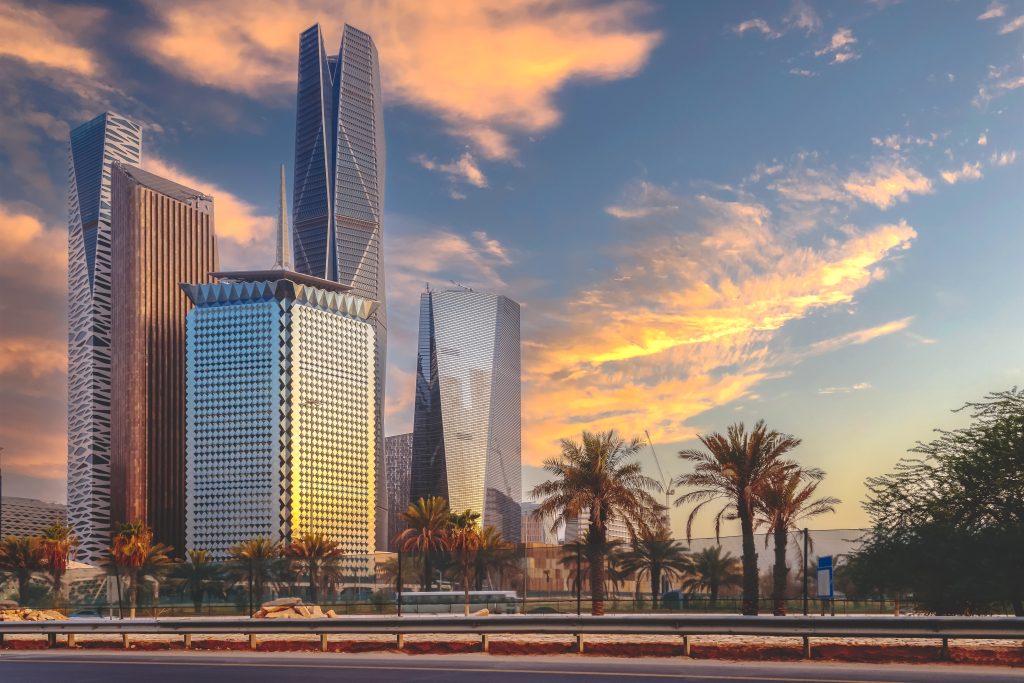Saudi Arabia’s Robust Asset Position Upheld by Prudent Fiscal Measures
The steadfast commitment of the Saudi government to diversify its economy and reduce reliance on oil is expected to maintain the nation’s robust asset base. Credit agency S&P Global anticipates that while funding for Vision 2030 initiatives may impact Saudi Arabia’s net asset position, the Kingdom’s judicious fiscal policies will alleviate this effect, maintaining a strong asset posture through the decade.
The credit-rating firm acknowledges that the government’s balance sheet might be challenged by increased debt and fiscal deficits before the investments yield returns. The extent to which foreign investment, domestic private sectors, and capital markets contribute to Vision 2030 financing will be crucial in determining the fiscal outcome.
With the sovereign wealth fund at the forefront of diversification efforts, Saudi Arabia plans to inject $40 billion annually into the local economy through the fund, bolstering the ambitious Vision 2030 objectives.
The Saudi government is also expected to continue supporting the Public Investment Fund (PIF) by financing the infrastructure necessary for mega and giga project sites.
Domestic Banks to Play a Pivotal Role
The Kingdom’s banks are predicted to play a crucial role in financing both public and corporate sectors, as they shift focus from mortgage to corporate lending, including projects related to Vision 2030. Nevertheless, the report by S&P Global indicates that Saudi Arabia’s banking system may not solely fulfill all the financing needs of Vision 2030, necessitating alternative strategies like raising external funding to keep up with growing credit demands.
With Saudi banks providing nearly $55 billion in investments and corporate financing in 2023, the forecast for 2024 suggests an 8-9% growth in lending, translating to $40 billion to $44 billion, a portion of which could support Vision 2030 projects. The report also projects about an 8% increase in deposits and around $10 billion in external debt issuance for 2024 to support lending expansion.
Saudi banks’ robust asset-quality indicators and capitalization, coupled with expectations for continued profitability and conservative dividend strategies, suggest sustained capitalization in the near future. The trend of banks accessing international capital markets is expected to continue, reinforcing the Kingdom’s banking system.
Public and Private Investment Fuels Vision 2030
Some Vision 2030 projects are anticipated to extend beyond the current decade, promising gradual increases in economic activity and foreign investment. While PIF and the government are likely to persist with debt-financed investment strategies, other government-related entities, private sector participants, and foreign direct investment will play significant roles in realizing economic diversification projects.
FDI inflows have been averaging around 2% of the GDP, and the goal is to boost this to 5.7% by 2030. The establishment of free economic zones and a 30-year tax exemption for multinational companies setting up regional headquarters are expected to accelerate FDI growth.
The Saudi capital market, in collaboration with the Capital Markets Authority, is enhancing market functionality and efficiency to attract issuers, thereby diversifying funding sources for Vision 2030 projects. Furthermore, the government’s ownership of a substantial stake in Saudi Aramco, with a market capitalization over $7 trillion, provides additional leverage to support Vision 2030 without exacerbating the debt profile. A portion of this stake has already been transferred to the PIF, enhancing its assets and dividends for reinvestment in Vision 2030 projects, with the potential for future Aramco IPOs to raise further funds.
